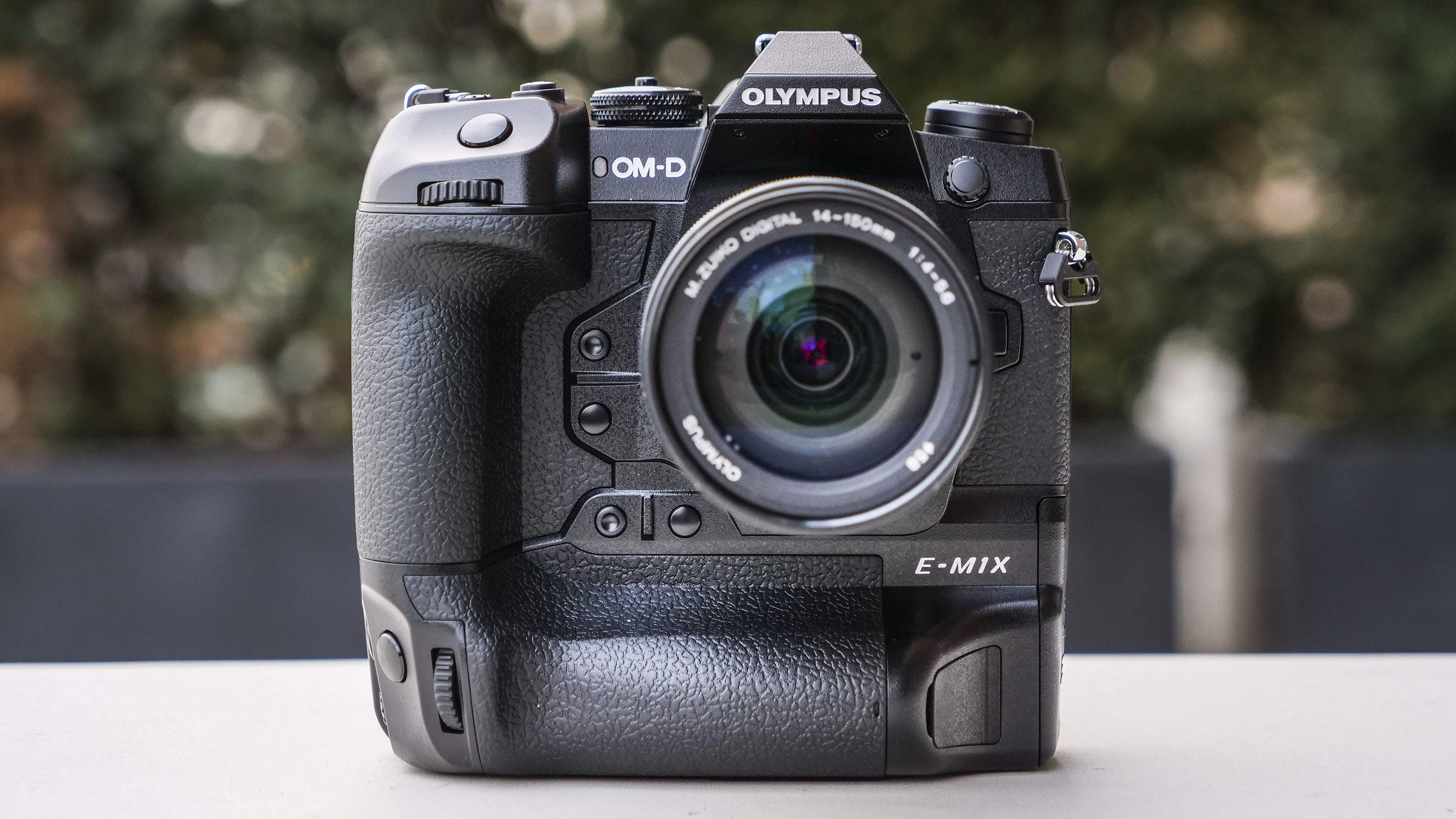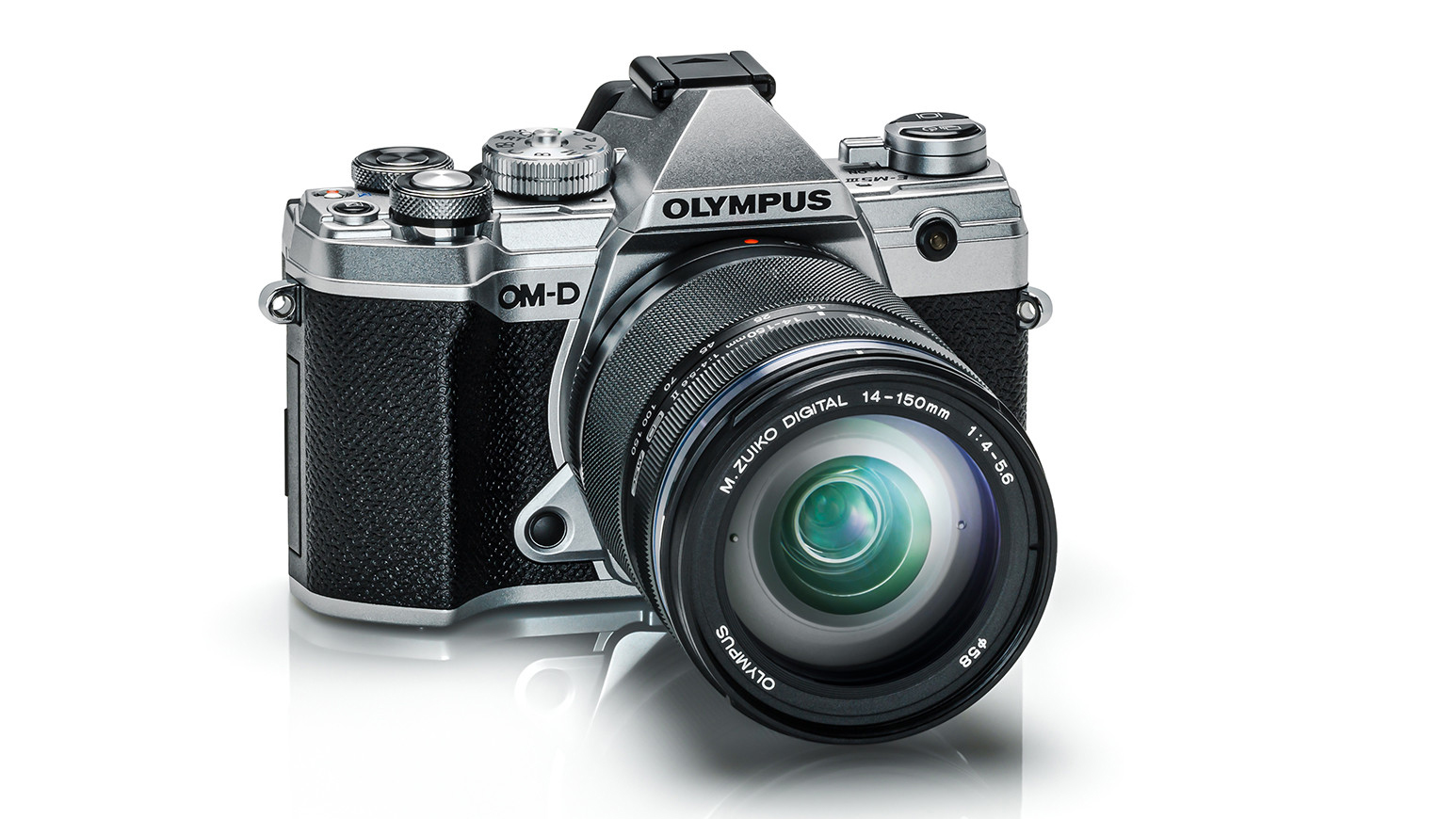Olympus rumored to shutter its camera business – here's why we think it won't
Update: Olympus has now officially refuted the rumors

UPDATE: Olympus has given us an official statement on the rumors that it's closing its camera business anytime soon. It told us: "While there is a clear focus on the Medical business to drive future growth of the Olympus Corporation as a global medtech leader, the Imaging and Scientific Solutions divisions remain crucial components to the overall Olympus business." In other words, its camera arm isn't going anywhere for now. This also follows statements made to both Photo Focus and Sina Finance News. We have updated our original article to reflect this change.
We ignored it at first, but the rumors that would be Olympus closing down its imaging division (aka 'the camera side of things') within the next eight months picked up a lot of momentum this week. And as we suspected, Olympus has now released official statements denying that it's doing anything of the sort.
Before we explain why Olympus cameras (and the Micro Four Thirds system in general) are still a good place to be, here's a quick recap of how the rumors took off. It began over the weekend when an admin of the website Personal View published a speculative article claiming Olympus' imaging division was in turmoil and that employees were scrambling to find other jobs. This was picked up by other rumor and news sites and has since spread like wildfire across the internet.
At a time when most other camera manufacturers are concentrating on developing their range of full-frame mirrorless devices, it's understandable to think that Olympus' decision to stick to the micro four thirds (MFT) ecosystem could be hurting its sales. However, it's important to keep in mind that Olympus has been in business for over 100 years, and has successfully weathered some tough periods before.
In fact, we don't really need to look so far back in the company's history to see how resilient it is – just look at the last decade.
Money on mirrorless
It wasn't too long ago that DSLRs were the go-to camera type for most photographers (from hobbyists to pros), but despite that clear consumer preference, Olympus was able to think outside the box and, in 2008, created the MFT standard in partnership with Panasonic. In 2019, Sharp joined the alliance, clearly indicating that this smaller, more compact interchangeable lens (ILC) system is here to stay.
But we digress slightly, so let’s get back to 2009 when Olympus created its very popular PEN series of cameras, starting with the PEN E-P1. While Panasonic was technically the first company to launch an MFT camera in 2008, the PEN series of cameras were the ones that really helped popularize the format – and showed Olympus’ willingness to innovate and experiment as a route to competing with industry giants like Canon and Nikon.
Get daily insight, inspiration and deals in your inbox
Sign up for breaking news, reviews, opinion, top tech deals, and more.
Since then, the MFT ecosystem has grown and matured and, today, has numerous bodies and lenses that users can choose from. In fact, we'd go ahead and say that it's perhaps the most complete and flexible mirrorless system there is, with the full-frame cousins still playing catch-up.

Focusing on survival
Olympus arguably faced its biggest challenge in 2011, however, when then CEO Michael Woodford exposed a $1.7 billion fraud within his own company. The Wall Street Journal called it "one of the biggest and longest-running loss-hiding arrangements in Japanese corporate history".
This scandal nearly destroyed Olympus, with the Tokyo stock exchange warning the company that it could get delisted. Yet the company survived, and in 2012 released the first of its groundbreaking OM-D cameras in the form of the E-M5.
The E-M5 single-handedly changed Olympus' fortunes and became its most successful camera to date. It was soon followed by the E-M1 in 2013 and the first E-M10 snapper in 2014.

From then on, it's been steadily experimenting and iterating, with the latest MFT snappers to join its growing stable released this year. The OM-D E-M1X (above) has been designed with professional wildlife and sports photographers in mind. Considering that specialist audience, Olympus must have been aware that its appeal wouldn't be as broad as its more mainstream offerings. Yet the company went ahead with it – and it's one of the best, most innovative snappers from the Japanese camera maker so far.
Last month, Olympus launched the OM-D E-M5 Mark III, which aims to cater to the average user but includes many advanced features not found in similar competitors – and still offers outstanding bang for buck. Does that sound like a company that's in the doldrums? In fact, there are plenty of opposing rumors that suggest Olympus still has more to come in 2020.
It's official
A press release from Olympus issued on November 6, 2019, clearly states that the "Imaging and Scientific Solutions divisions remain crucial components to the overall Olympus business".
If that press release doesn't convince you, the company has also issued other official statements to quell the rumors. "Olympus does indeed plan to continue to develop its imaging product lines, bringing products to life that embody Olympus' core benefits, including system compactness and superior lens optics," the company told Photo Focus. Similarly, speaking to Chinese publication Sina Financial News, Olympus has stated it "will continue to work on the improvement of profitability and efficiency" in the imaging part of the business.
While Olympus has acknowledged that it's struggling for profitability when it comes to camera and lens sales, the imaging division accounts for only 10% of the company's business, with its roadmap indicating that it has clear plans for the division until 2023. So if Olympus is planning on closing its imaging arm, it likely won't be before then.
It's also worth recognizing that the current camera market is, as a whole, quite a difficult one for manufacturers, and that Olympus isn't the only one losing money. Pretty much every camera maker has reported a fall in sales year-on-year – something that's likely due to increasing competition from smartphones, with most flagship models now offering impressive camera systems.
And yet, those phones are still quite a distance from matching the flexibility of a dedicated DSLR, mirrorless or MFT camera. In fact, despite its age, the MFT system can still more than hold its own.
Why Micro Four Thirds is still a big deal
The big camera news in the last two years has been the deluge of full-frame mirrorless cameras from Nikon, Canon, Sony and even Panasonic – so with prices for those trailblazers being pushed down, why consider a Micro Four Thirds camera with a sensor that's only a quarter of the size?
Sensor size can be important, particularly if you regularly shoot in low light, but Micro Four Thirds brings some advantages that remain unique even in the age of mirrorless full-frame cameras and smartphones.
These advantages are particularly useful if you like to shoot sports, wildlife or static subjects in conditions that would otherwise need tripod stabilization. For example, it's easier to fit sensor-based stabilization into a small, portable MFT body like the new Olympus OM-D E-M5 Mark III, which lets you handheld shots at very long shutter speeds to help create effects like light trails.

The smaller sensor size also helps these cameras also offer speedy continuous shooting (up to 60fps at full resolution in the case of the Olympus OM-D E-M1X) and great zoom reach without the bulk full-frame lenses.
Of course, there are still huge benefits to full-frame cameras for those who want to retain image quality at high ISOs or get delicious bokeh, and smartphones are increasingly polished point-and-shoot cameras.
This does mean that Olympus and Micro Four Thirds will need to keep innovating and morphing to offer features and capabilities that their rivals can't, but it doesn't mean its cameras are on the verge of extinction – and we should take Olympus' track record as a good indication that it likely isn't going anywhere any time soon.
- Olympus even makes the best waterproof camera you can buy in 2019.

While she's happiest with a camera in her hand, Sharmishta's main priority is being TechRadar's APAC Managing Editor, looking after the day-to-day functioning of the Australian, New Zealand and Singapore editions of the site, steering everything from news and reviews to ecommerce content like deals and coupon codes. While she loves reviewing cameras and lenses when she can, she's also an avid reader and has become quite the expert on ereaders and E Ink writing tablets, having appeared on Singaporean radio to talk about these underrated devices. Other than her duties at TechRadar, she's also the Managing Editor of the Australian edition of Digital Camera World, and writes for Tom's Guide and T3.